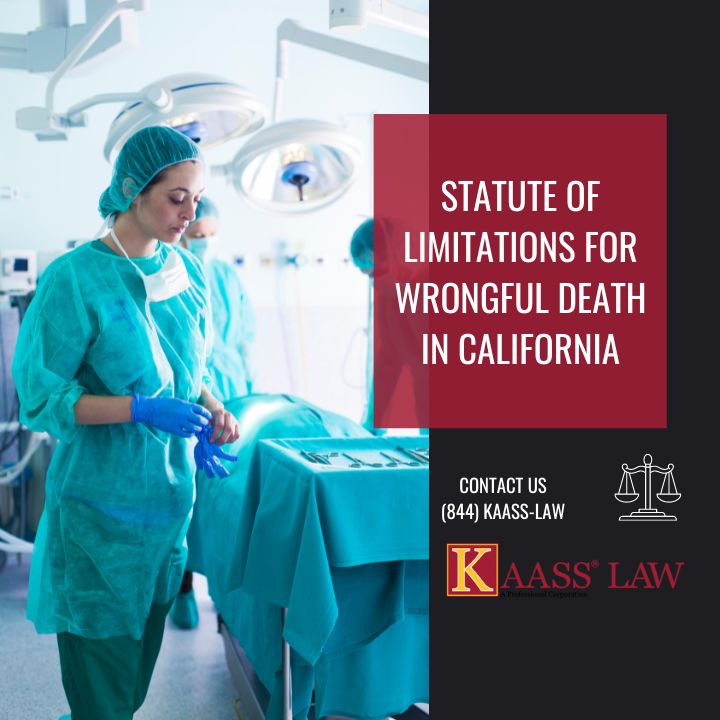A procedural court requirement known as the “statute of limitations” necessitates submitting a case within a specific window of time. If you missed the deadline to file your lawsuit, it won’t be accepted in court. The case will be thrown out.
Each state has a “statute of limitations” that dictates how long a person has to file specific legal claims. These deadlines can vary greatly between states and between various sorts of lawsuits. If you have lost a loved one as a result of someone else’s actions, it is critical to understand the California wrongful death statute of limitations.
What is the California Statute of Limitations for Wrongful Death?
Two years after the decedent’s passing is the deadline in California for filing a wrongful death lawsuit.
The “discovery rule” is a significant exemption to the statute of limitations, though. When the cause of death was unknown at the time of death but was later determined, the time frame for a person’s family to bring a wrongful death complaint may be extended. If the discovery rule is in place, the statute of limitations is two years from the day of the death. The discovery rule contains other exclusions, which a wrongful death attorney should be aware of.
The heirs of the deceased individual only have six months to file a claim with that public body if the wrongful death action is against a public entity.
Special guidelines apply if the person is a minor. If just a minor is suing for the passing of a parent, they have until two years after the day they turn 18 to file the lawsuit. And lastly, regardless of whether it involves wrongful death or personal damage, there are particular standards in a medical malpractice case. In certain circumstances, you typically only have a year from the date of the death. However, these are general guidelines, and even that rule has exceptions.
California’s Primary Statute of Limitations
Most wrongful death lawsuits are subject to the time limits in Section 335.1 of the California Code of Civil Procedure. The statute of limitations for filing a lawsuit following a person’s death brought on by the recklessness or criminal activity of another party is two years.
The surviving family members, for example, would have two years from the accident date to file a claim if the victim of a vehicle accident passed away instantly. Consider, however, the case of a person who suffered a severe brain injury in an accident and lived for a year before passing away. The family would consider the date of death to calculate the time limit for filing the claim.
Malpractice in Medicine
California Code Section 340.5 specifies the time limit if a death was caused by a medical professional’s carelessness. In certain cases, the family members have three years from the date of the accident to file a claim. However, the time limit is just one year from the day of the injury.
Government Liability
You have six months to submit a claim if a government agency was at fault for the wrongful death. This may involve mistreatment at a government-run hospital, accidents at open-enrollment public schools, and other incidents involving city vehicles. In any dispute involving the government, time is undoubtedly of the essence.
Contact A California Attorney Today
Finding the appropriate statute of limitations might be difficult when sifting through state legislation. The underlying cause of the death may affect the statute of limitations for wrongful death litigation, further complicating matters. Wrongful death cases are one of our many fields of expertise. Call 310.943.1171 to talk with one of our knowledgeable attorneys.


Pingback:Negligence-Based Wrongful Death Claim - KAASS LAW